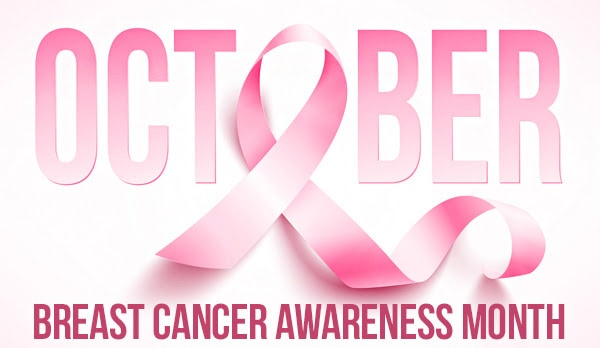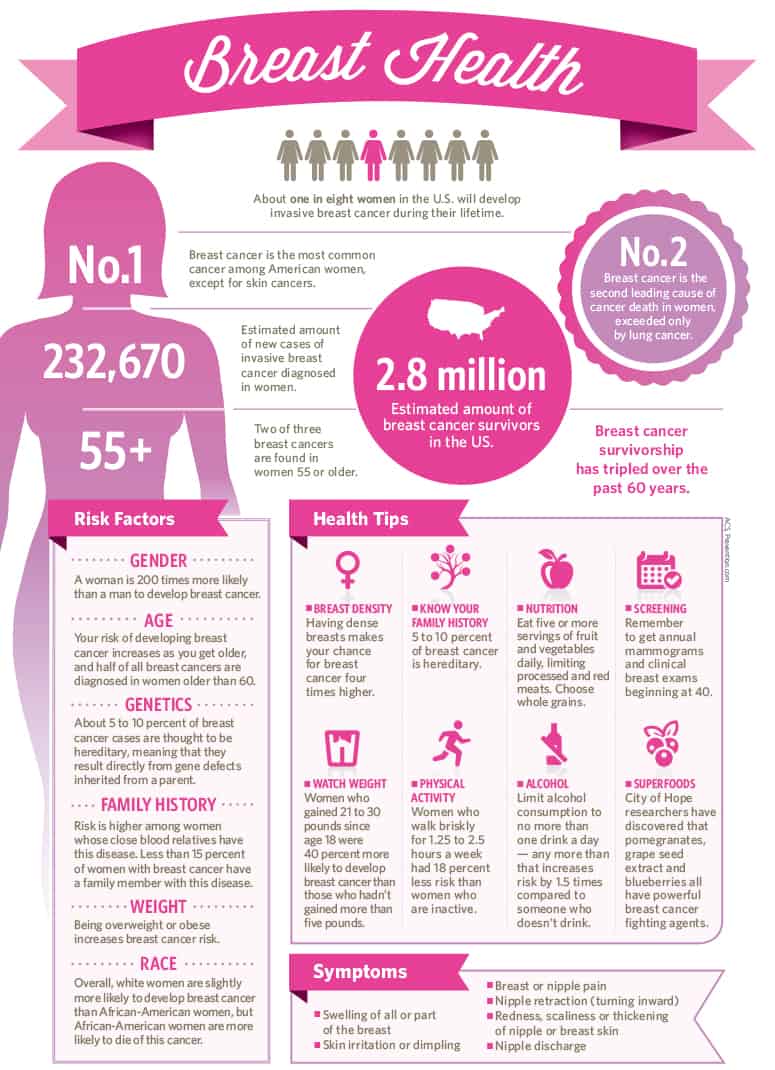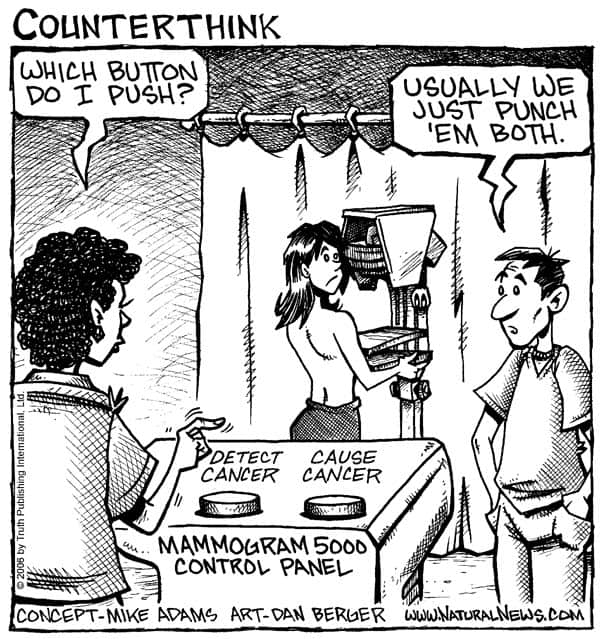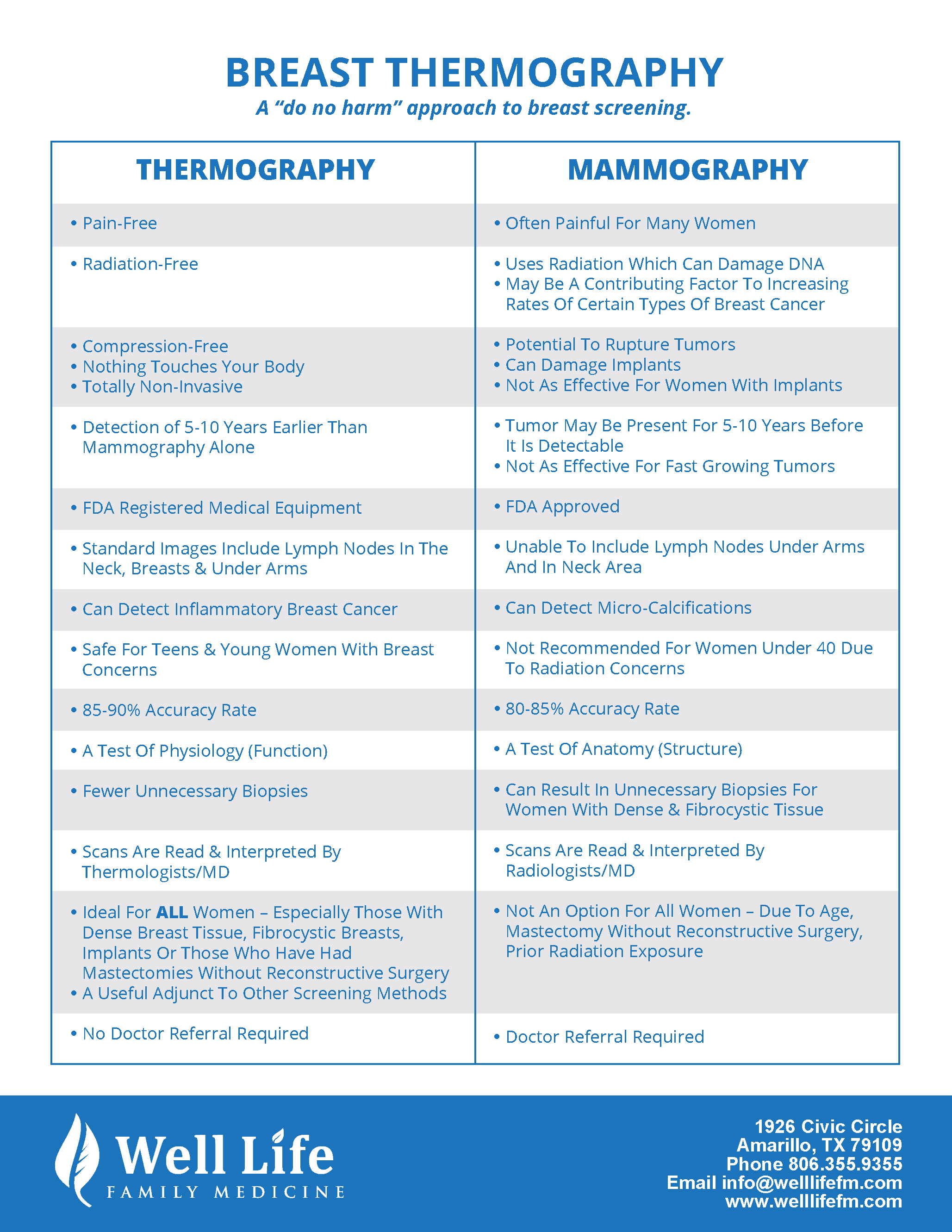

Breast cancer facts:
- About one in eight women in the U.S. will develop invasive breast cancer during her lifetime.
- Breast cancer is the most common cancer in American women, behind skin cancer.
- An estimated 232,670 new cases of invasive breast cancer will be diagnosed in U.S. women this year.
- Two of three breast cancers are found in women 55 or older.
- Breast cancer is the second-leading cause of cancer death in women, exceeded only by lung cancer.
- An estimated 2.8 million breast cancer survivors live in the U.S.
- Breast cancer survivorship has tripled over the past 60 years.
- Every 2 minutes a woman is diagnosed with Breast Cancer
- Every 13 minutes a woman in the us loses her life to breast cancer
- More than 250,000 women under 40 in the US live with a breast cancer diagnosis
Risk factors for breast cancer:
- Gender: A woman is 200 times more likely than a man to develop breast cancer.
- Age: Risk of developing breast cancer increases as you get older, and half of all breast cancers are diagnosed in women older than 60.
- Genetics: About 5 to 10 percent of breast cancer cases are thought to be hereditary, meaning that they result directly from gene defects inherited from a parent.
- https://www.color.com/product/brca-genetic-test
- Family history: Risk is higher among women whose close blood relatives have this disease. Less than 15 percent of women with breast cancer have a family member with the disease.
- Weight: Being overweight or obese increases breast cancer risk.
- Race: Overall, white women are slightly more likely to develop breast cancer than African-American women, but African-American women are more likely to die of this cancer.
Health tips:
- Breast density: Having dense breasts makes your chance of developing breast cancer four times higher.
- Know your family history
- Nutrition: Eat five or more servings of fruit and vegetables daily, limiting processed and red meats. Choose whole grains.
- Screening: Remember to get annual mammograms and clinical breast exams beginning at 40.
- Watch weight: Women who gained 21 to 30 pounds since age 18 were 40 percent more likely to develop breast cancer than those who hadn’t gained more than five pounds.
- Physical activity: Women who walk briskly for 1.25 to 2.5 hours a week had 18 percent lower risk than women who are inactive.
- Alcohol: Limit alcohol consumption to no more than one drink a day. Any more than that increases risk by 1.5 times compared to someone who doesn’t drink.
Symptoms of Breast Cancer:
- Swelling in all or part of the breast
- Skin irritation or dimpling
- Breast or nipple pain
- Nipple retraction (turning inward)
- Redness, scaliness or thickening of nipple or breast skin
- Nipple discharge
Should you get a Mammogram? Thermogram? Or Both?
By the time a tumor reaches the size of a pin head (approximately two years into its growth) it can no longer be sustained by the normal blood supply and so it develops its own. The development of that blood supply is called angiogenesis. Thermography is the only technology in place that can detect angiogenesis.

Mammogram is not early detection. A cancerous tumor has been growing eight to ten years before it is big enough and dense enough to be detected by mammography. That is why the treatment at that stage is so drastic – removal of breast, underlying muscle, lymph nodes, chemotherapy, radiation therapy and hormonal therapy.
Learn more about Breast Thermography

Here is a short video on the pros and cons of mammogram and a look at the evidence behind Mammograms.
What is the Difference Between a Mammogram and Breast Thermography?
Unlike a mammogram, which is used to diagnose breast cancer by using X-Rays that find denser tissues, a Breast Thermography Machine uses Infra-Red Imaging to find “hotter” areas of the breast that are more active. A Mammogram is like taking a still photograph that tells you how a breast looks. Breast Thermography is like actively looking through a set of infra red heat goggles that can tell you how the breast is working. These tests give us different information and are both important when it comes to assessing your breast health.
Thermography = Risk | Mammogram = Detection | Biopsy = Diagnosis.
Can I use Breast Thermography instead of a mammogram to diagnose breast cancer?
No. When it comes to a breast cancer diagnosis, a breast biopsy is the gold-standard for diagnosing breast cancer. Breast Thermography is used together with other tests including mammograms, ultrasounds, MRI’s, blood testing, and genetic testing. In order to add incredible amounts of detail to generate a comprehensive picture of your breast health and your risk of breast cancer.
Learn more about Breast Thermography

1 in 8 get breast cancer you don’t have to be one of them. Call today to let us help you minimize your breast cancer risk and optimize your health.




